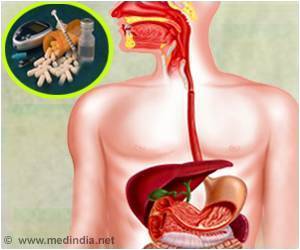“All current therapeutics for Type 2 diabetes primarily aim to decrease blood glucose. So, they are treating a symptom, much like treating the flu by decreasing the fever,” said Benjamin Renquist, an associate professor in the UArizona College of Agriculture and Life Sciences and BIO5 Institute member.
In the newly published papers in Cell Reports,researchers outline a new target for Type 2 diabetes treatment correlating between obesity, fatty liver disease and diabetes, particularly the link between liver and insulin sensitivity.
Researchers focused on fatty liver to measure neurotransmitters released from the liver in animal models of obesity, to better understand how the liver communicates with the brain to influence metabolic changes seen in obesity and diabetes.
They discovered that fat in the liver increased the release of the inhibitory neurotransmitter Gamma-aminobutyric acid, or GABA. GABA is the primary inhibitory neurotransmitter in the central nervous system that decreases nerve activity.
Thus, fatty liver is decreasing the firing activity to the brain by producing GABA that changes outgoing signals that affect glucose homeostasis. Even longer-term inhibition of GABA-transaminase resulted in decreased food intake and weight loss.
The researchers showed that in people with insulin resistance, the liver more highly expressed genes involved in GABA production and release.
These findings led to clinical trial to investigate the use of a commercially available Food and Drug Administration-approved inhibitor of GABA transaminase to improve insulin sensitivity in people who are obese.
We hope this novel pharmacological target will eventually impact the health of our family, friends and community.
Source: Medindia



